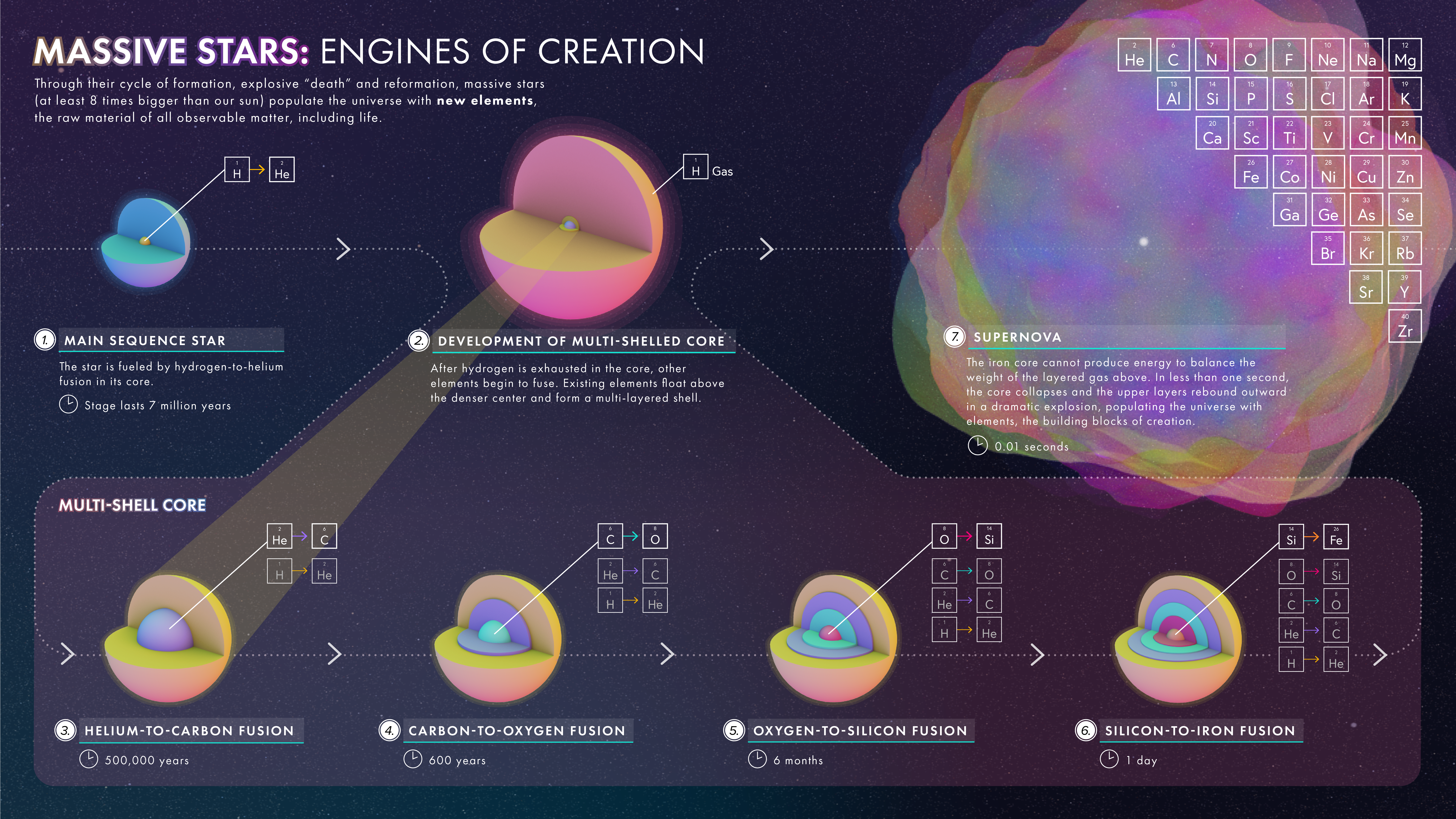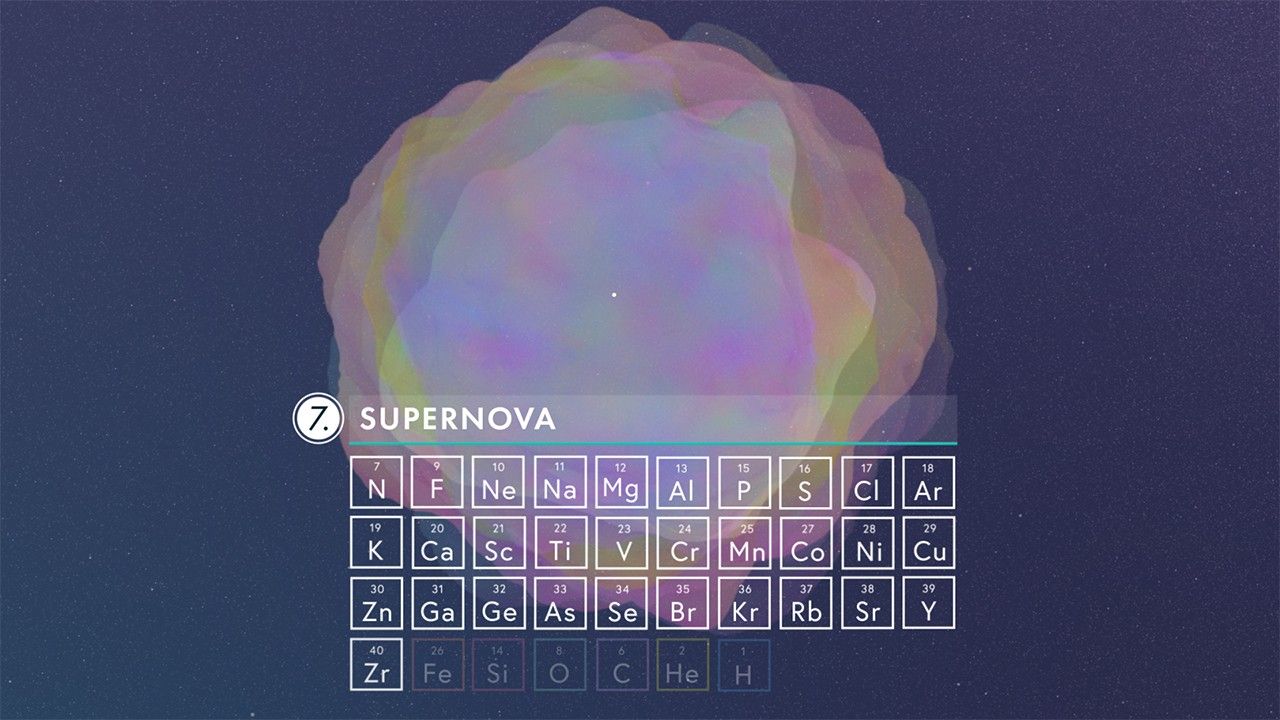1 min read
Multiwavelength View of Supernova 1987A (Hubble, Chandra, ALMA)

Astronomers combined observations from three different observatories (Atacama Large Millimeter/submillimeter Array, red; Hubble, green; Chandra X-ray Observatory, blue) to produce this colorful, multiwavelength image of the intricate remains of Supernova 1987A.
Hubble image: NASA, ESA, and R. Kirshner (Harvard-Smithsonian Center for Astrophysics and Gordon and Betty Moore Foundation)
Chandra image: NASA/CXC/Penn State/K. Frank et al.
ALMA image: ALMA (ESO/NAOJ/NRAO) and R. Indebetouw (NRAO/AUI/NSF)
About the Object
- R.A. PositionR.A. PositionRight ascension – analogous to longitude – is one component of an object's position.05h 35m 28.03s
- Dec. PositionDec. PositionDeclination – analogous to latitude – is one component of an object's position.-69° 16' 11".8
- ConstellationConstellationOne of 88 recognized regions of the celestial sphere in which the object appears.Dorado
- DistanceDistanceThe physical distance from Earth to the astronomical object. Distances within our solar system are usually measured in Astronomical Units (AU). Distances between stars are usually measured in light-years. Interstellar distances can also be measured in parsecs.Approximately 163,000 light-years (50 kiloparsecs) away
- Object NameObject NameA name or catalog number that astronomers use to identify an astronomical object.SN 1987A
- Object DescriptionObject DescriptionThe type of astronomical object.Supernova remnant
- Release DateFebruary 28, 2019
- Science ReleaseNASA’s Webb Telescope Will Study an Iconic Supernova
- CreditImage: NASA, ESA, A. Angelich (NRAO, AUI, NSF)
Related Images & Videos
Share
Details
Last Updated
Aug 28, 2025
Contact
Media
Laura Betz
NASA’s Goddard Space Flight Center
Greenbelt, Maryland
laura.e.betz@nasa.gov
Image Credit
NASA, ESA, A. Angelich (NRAO, AUI, NSF)
































